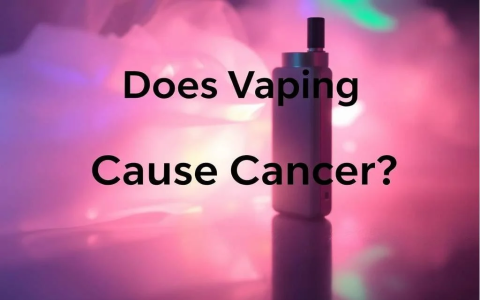Electronic cigarettes (e-cigarettes) are widely debated. While generally considered less harmful than combustible tobacco cigarettes, they are not “good” for health. The central question involves comparing relative risks.
Understanding Combustible Cigarette Risks
Traditional cigarettes burn tobacco, producing smoke containing thousands of chemicals, including at least 70 known carcinogens. Major health harms include:

- Cancer: Strong causal link to lung, throat, mouth, bladder, pancreatic and many other cancers.
- Cardiovascular Disease: Increased risk of heart attack, stroke, and peripheral artery disease.
- Respiratory Disease: Chronic obstructive pulmonary disease (COPD), emphysema, and chronic bronchitis.
- Addiction: High addiction potential driven by nicotine.
E-cigarette Risks and Composition
E-cigarettes heat a liquid (e-liquid) to produce an aerosol inhaled by the user. This aerosol typically contains:
- Nicotine: The addictive substance, present in most e-liquids (though some are nicotine-free).
- Propylene Glycol / Vegetable Glycerin: Base liquids generally recognized as safe for ingestion but with unknown long-term inhalation effects.
- Flavorings: Many chemicals, some (like diacetyl) linked to respiratory damage when inhaled.
- Metals and Other Toxicants: Particles of metals (e.g., nickel, tin, lead) from the heating coil and other harmful compounds (e.g., formaldehyde, acetaldehyde) can form, especially at high temperatures.
Known risks associated with e-cigarette use include:
- Nicotine Addiction: Particularly harmful to adolescent brain development.
- Acute Lung Injury (EVALI): Strongly linked to vitamin E acetate in THC-containing cartridges, primarily a past issue in specific markets.
- Respiratory Irritation: Coughing, wheezing, asthma exacerbations.
- Cardiovascular Effects: Emerging evidence suggests potential negative impacts on heart rate, blood pressure, and endothelial function, though generally less severe than cigarettes.
- Unknown Long-Term Risks: Insufficient data exists on long-term cancer and respiratory disease risk.
Comparative Risk Reduction
Evidence strongly indicates that e-cigarettes are less harmful than combustible cigarettes for adult smokers who completely switch:
- Reduced Toxin Exposure: E-cigarette aerosol contains significantly lower levels of toxicants and carcinogens than cigarette smoke.
- Smoking Cessation Aid: Some smokers successfully quit using e-cigarettes, though licensed cessation therapies (counseling + medication) remain the most effective approach overall.
Significant Caveats and Concerns
- Not Safe for Non-Smokers: E-cigarettes are not safe alternatives, especially for youth, young adults, pregnant women, or those who never smoked. Nicotine poses significant developmental risks.
- Gateway Risk: Youth e-cigarette use substantially increases the risk of initiating combustible tobacco smoking.
- Dual Use: Many users continue to smoke cigarettes while using e-cigarettes, gaining little to no health benefit and potentially increasing harm.
- Product Variability: Risks can vary significantly between different devices, e-liquid ingredients (especially flavors), and user behaviors (e.g., high-voltage vaping increases toxin formation).
- Long-Term Unknowns: Decades of research established cigarette risks; the long-term health consequences of e-cigarettes are still unknown.
Conclusion
E-cigarettes are not a healthy product. The aerosol contains harmful substances and nicotine is addictive. However, for adult smokers unable or unwilling to quit using approved methods, completely switching to regulated e-cigarettes is likely less harmful than continuing to smoke combustible cigarettes. The greatest health benefit comes from quitting all tobacco and nicotine products. Non-smokers, particularly youth, should not use e-cigarettes.









